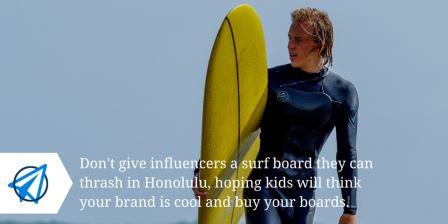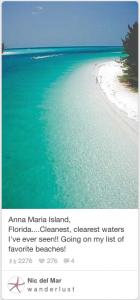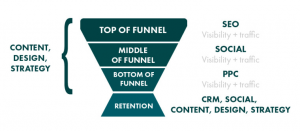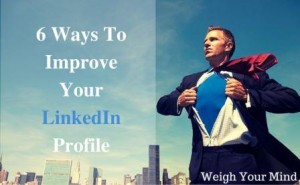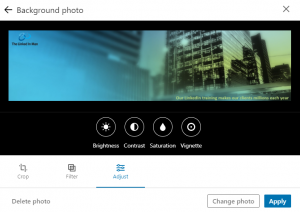Influencers are millennials trying to cash in on their social media followers.
Twitter wants you to believe that influencers drive purchase decisions.
This social media exec says otherwise.
[su_quote]”Just because photos look good and have 200,000 followers means nothing. You can’t rely on content creators all day long.”[/su_quote]
From Digiday’s Confessions of a social media exec, you see a much different picture of influencers than the infographic Twitter posted a couple days ago.
Brands have always used celebrity to boost awareness and appeal. Putting popular faces on a product draws a specific crowd that the brand wants to reach. There’s no doubt about the effect Michael Jordan had on Nike. But those endorsements gamble a lot on the celebrity.
Youtube, Snapchat, Vine, Twitter, Instagram, and Tumblr are platforms where teenagers post outrageous content for lolz. Then they stumble into huge followings. Some CEO’s kid follows this ripening influencer and the CEO sees dollar signs. The lolz are on the CEO. Some of “influencers” are charging $ 400,000 for a handful of photos posted to Instagram.
Now there are whole marketplaces where brands shop for social media personalities with hundreds of thousands of followers. niche.co is a dating site for brands and influencers creators. Twitter says that a post from niche creators has boosted brand awareness 56% before. Although those were promoted tweets… Anyone will get a 50% awareness boost if they pay enough.
But what about “Damn, Daniel!”? A 14 year-old Cali kid jokes with a buddy (Daniel) about his white Vans sneakers on Snapchat. They go viral. Vans has a great Q1 2016. There you have it, PROOF that influencers work…
Denying the attention that influencers bring would be stupid. But attention does not guarantee sales. It’s a gamble when the bottom line is at stake. Going into an influencer partnership with dollar signs in your eyes is an easy way to blow a marketing budget. Don’t give them a surf board they can thrash in Honolulu, hoping kids will think your brand is cool and buy your boards.
Influencers play a much better awareness game. Give them a message to champion. Twitter’s study says that 1/3 of millennials from 13-24 follow viral accounts. Make the objective to spread a specific message. Use the attention to solidify your brand’s values in the cultural consciousness.
Or better yet, promote some social good. Use the weight of your brand and the influencer’s reach to shine some light in the world. It may not bolster the bottom line, but it builds trust. And it’s just good humanity.
Twitter’s study also says millennials trust product recommendations from friends more than recommendations from their favourite social media personalities. “So get to the friends through the influencers,” they tell you. That’s like marketing to the dealer while hoping to convince consumers. Claude Hopkins is turning in his grave.
Claude, the father of advertising, said never to market to the dealer. Sell directly to the consumer. It comes down to budget and effort economy. When you want to move product, put it in the hands of people who will actually use it. Put it in the hands of the friends, if you have to. Turn them into influencers. Then see how your next quarter performs.
Influencers aren’t going anywhere, but the pendulum has swung too far to their side. Let other brands blow budgets on popularity contests while you carve out a place in the cultural consciousness that’s beaming with good will and consumer trust. Which is extremely profitable, by the way.
Digital & Social Articles on Business 2 Community(42)
